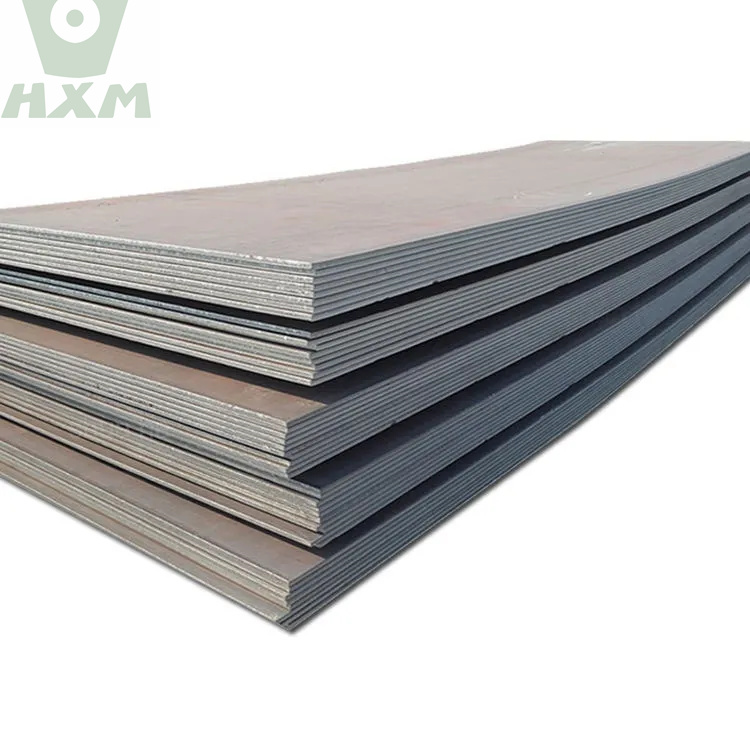Several major characteristics of 304 stainless steel plate when bending
304 stainless steel has a beautiful surface and diversified use possibilities, good corrosion resistance, and is more durable than ordinary steel. Fire-resistant normal temperature processing, that is, easy plastic processing, because there is no need for surface treatment, so it is simple, easy to maintain the clean high finish, and has good welding performance.
The main difference between 316 and 304 in chemical composition is that 316 contains Mo, and it is generally accepted that 316 has better corrosion resistance and is more resistant to corrosion than 304 in high-temperature environments. Therefore, in high-temperature environments, engineers generally choose parts made of 316 materials. But the so-called things are not absolute. In the concentrated sulfuric acid environment, no matter how high the temperature is, do not use 316. We know that in order to prevent the thread from being bitten at high temperatures, it is necessary to apply a black solid lubricant.
Due to the high yield point, high hardness, and significant cold work hardening effect of stainless steel itself, 304 stainless steel has the following characteristics when it is bent: the thermal conductivity is worse than that of ordinary low carbon steel, and the elongation is low, resulting in a large required deformation force;
Compared with carbon steel, stainless steel sheet has a strong tendency to spring back when bending; compared with carbon steel, stainless steel sheet has a low elongation rate, and the bending angle R of the workpiece during bending is larger than that of carbon steel, otherwise there may be cracks; Due to the high hardness of 304 stainless steel plate and the significant cold work hardening effect, tool steel with heat treatment hardness above 60HRC should be selected when selecting press bending tools, and its surface roughness is an order of magnitude higher than that of carbon steel press bending tools.








